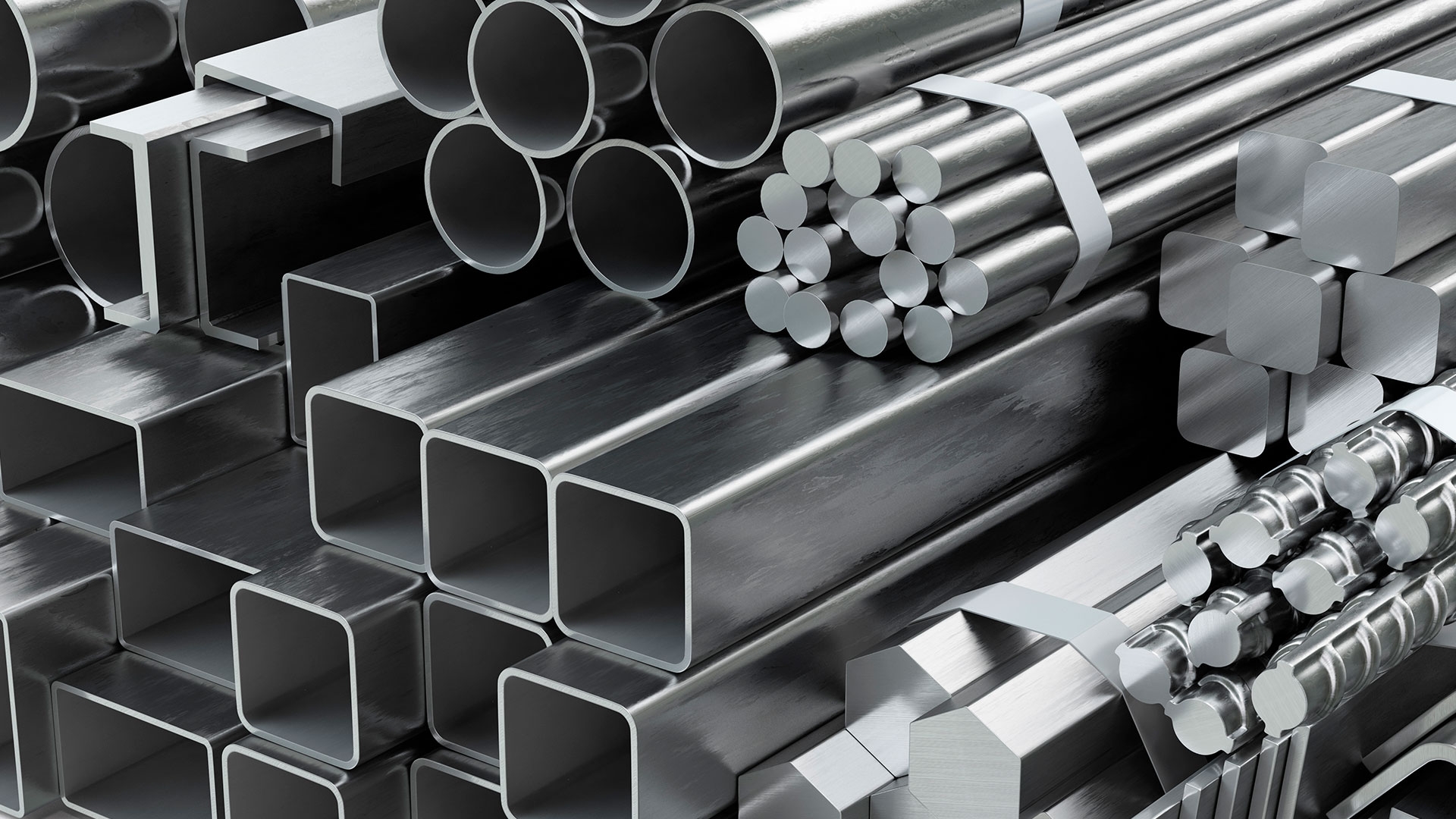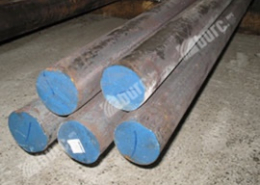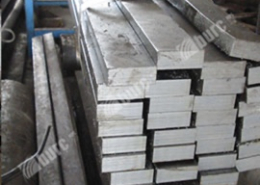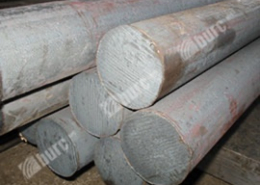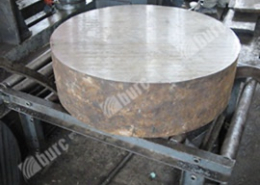Steel is an alloy consisting of a combination of iron and carbon
As a result of the processing of raw iron, steel or cast iron is obtained by using various methods and additives. Carbon ratios in steel range from 0.2-2.1 percent and these ratios play a role in the classification of steel. Elements such as chromium, magnesium, cobalt, vanadium and tungsten are also used in alloys. Carbon and other elements that form an alloy with iron act as hardening. Elements participating in the alloy and their proportions; determines the properties of steel such as hardness, flexibility, stress point. The higher the carbon content, the harder and stronger the steel; however, its flexibility decreases. High-carbon irons have a low melting point and have pouring capabilities. This type of steel is called “cast iron”. Steels containing small amounts of carbon and iron slags are defined as “wrought iron”. These factors determine the stainlessness and weldability of the steel.
- The chemical composition of Steel is suitable for welding processes.
- Harder and lighter than iron.
- Electrical, mechanical and physical properties can be gained by heat treatments.
- Resistance to high temperatures and hardness can be increased with various processes.
- It can be formed into the desired shape by forging, pressing and rolling methods at a certain temperature.
- Steels of some properties can also be cold formed.
- Can be coated with plastics and metals.
- When hot steel suddenly exposed in to water, its crystal property changes and hardens. This process is called “quenching steel”.

